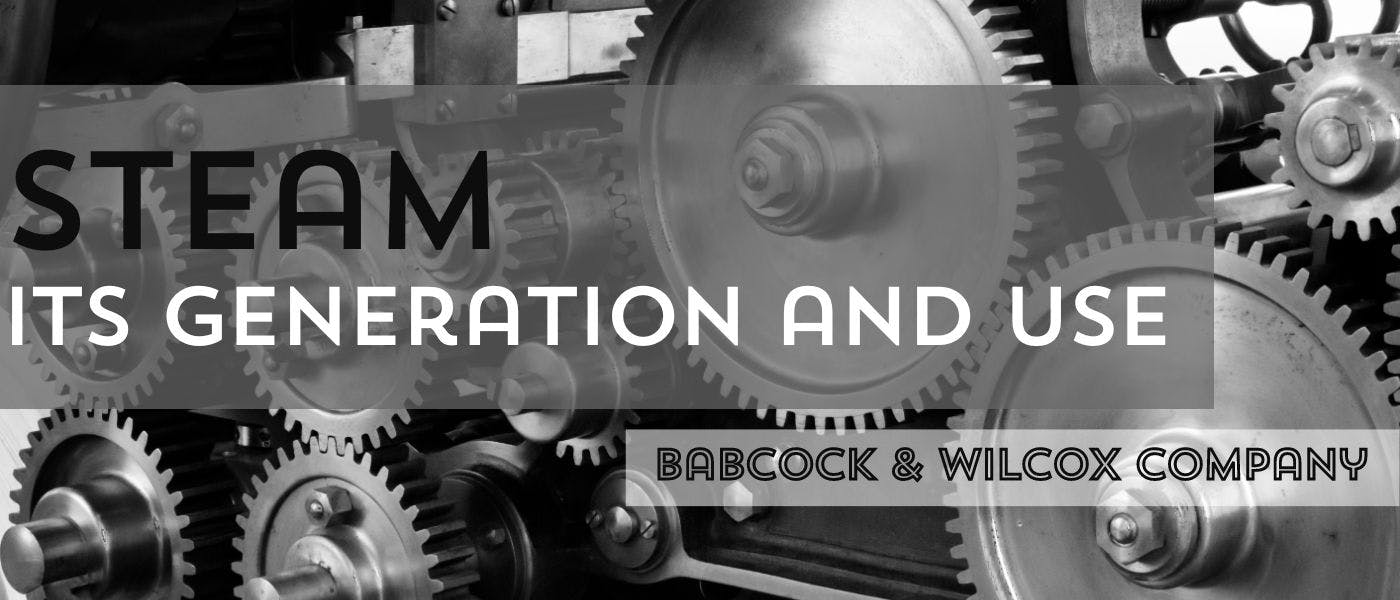358 reads
EVOLUTION OF THE BABCOCK & WILCOX WATER-TUBE BOILER
by
November 25th, 2023
Audio Presented by

Babcock & Wilcox is an American energy technology and service provider
About Author
Babcock & Wilcox is an American energy technology and service provider
